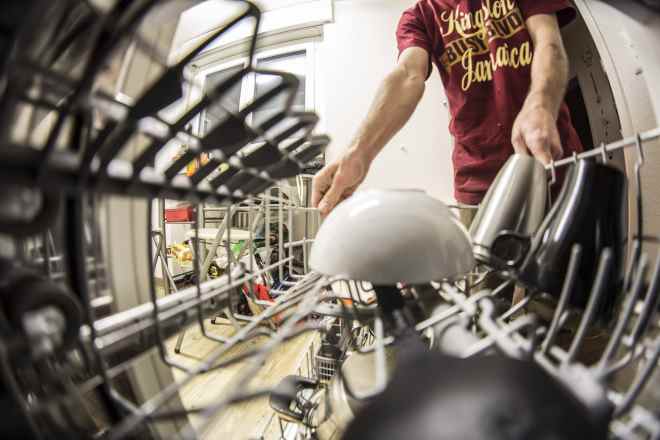Unfolding the Intricacies of Vehicle Differential Systems
The heart pounding, the adrenaline rushing, as you seamlessly maneuver through intricate turns, the differential system in your car is working tirelessly to maintain balance and control. This complex yet crucial component of automotive engineering often goes underappreciated, but its role in enhancing driving experience is unparalleled.

An Insight into the Differential System: Tracing its Roots
The differential system, a key component in any automobile, is responsible for transmitting engine power to the wheels while allowing them to rotate at different speeds. This ingenious mechanism dates back to the 1820s, with the earliest patent for a differential credited to French watchmaker, Onesiphore Pecqueur. It was initially conceived for steam-powered vehicles, but with the advent of gasoline-powered cars, its utility became even more pronounced.
Over the years, the basic principle of the differential has remained unchanged, even with advancements in automotive technology. However, the complexity and sophistication of modern differentials have significantly evolved to meet the demands of today’s high-performance cars.
The Modern Differential: A Symphony of Mechanics
In contemporary vehicles, differentials serve a dual purpose. Firstly, they split the engine’s torque two ways, allowing each output to spin at a different speed. Secondly, differentials also provide gear reduction, aiding in slowing the rotation speed of the transmission before it reaches the wheels.
Different types of differentials have been developed to cater to various driving conditions. The open differential, which is the most common type, performs well under normal driving conditions. However, for vehicles designed for off-road or high-performance conditions, limited-slip and locking differentials are used. These advanced differentials distribute torque evenly to both wheels, maintaining traction even in challenging terrains.
The Differential in Action: Underpinning Driving Dynamics
The differential plays a pivotal role in ensuring smooth and controlled driving. When a vehicle turns a corner, the wheels on the outside of the turn have a longer distance to travel than those on the inside, necessitating them to rotate at different speeds. It’s the differential that facilitates this, providing vehicles with the agility and stability they need to navigate turns safely and efficiently.
In high-performance cars, the differential’s role is even more critical. It helps manage the high torque levels generated by powerful engines, ensuring that power is effectively distributed to the wheels. This not only enhances vehicle performance but also contributes to improved fuel efficiency.
The Challenges and Future Developments
While the differential system has undeniably revolutionized driving dynamics, it’s not without its challenges. For instance, in an open differential, if one wheel loses traction, the differential redirects all power to that wheel, rendering the vehicle immobile. This is a major drawback in off-road conditions.
To overcome this, automotive engineers are focusing on developing more adaptive differential systems. One promising technology is the electronically controlled differential, which uses sensors and actuators to continuously adjust the distribution of torque to the wheels. This enhances vehicle performance, safety, and efficiency, marking the dawn of a new era in differential technology.
The Unsung Hero of Automotive Engineering
The differential, though often overlooked, is a testament to the ingenuity of automotive engineering. Its role in enhancing vehicle performance and driving dynamics is fundamental and irreplaceable. As automotive technology continues to evolve, the differential system is poised to become even more sophisticated, shaping the future of driving as we know it.




